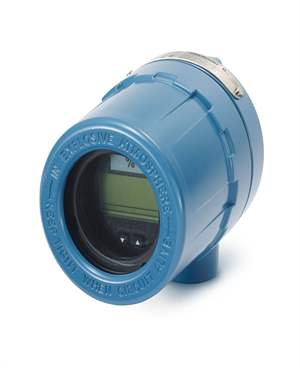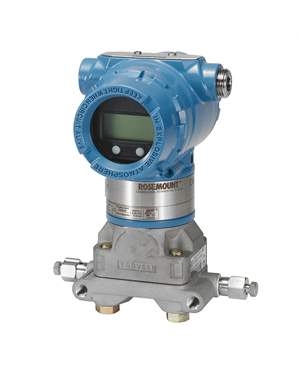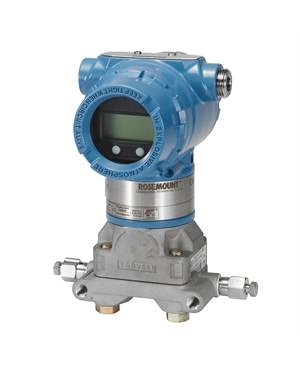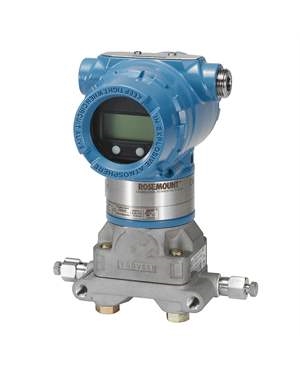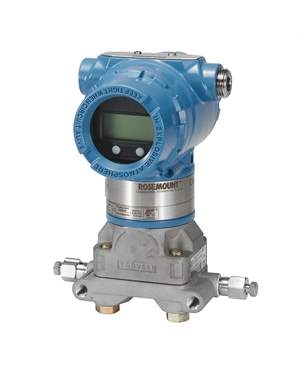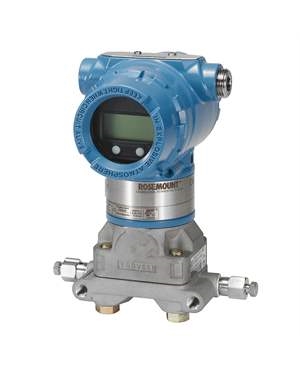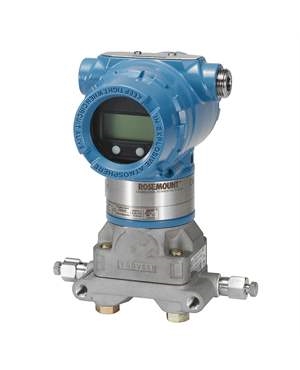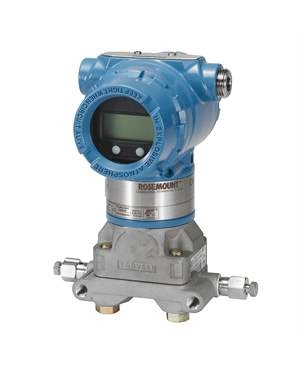Tips to Improve the Performance of Pressure Sensors
Brian Craig
March 19, 2019
Pressure sensors are devices used to measure the pressure of liquids and gases. These devices are also known as pressure transducers or pressure transmitters, and are used for controlling and monitoring pressure in a number of day-to-day applications such as touch screen devices, biomedical instruments, and automobiles. They sense pressure in a liquid or gas, and convert it into an electrical signal. Pressure sensors are a must in most industries where pressure needs to be monitored and maintained on a regular basis. This post offers tips to improve the performance of pressure sensors in your application. It also discusses the factors you should consider when selecting a pressure sensing device.
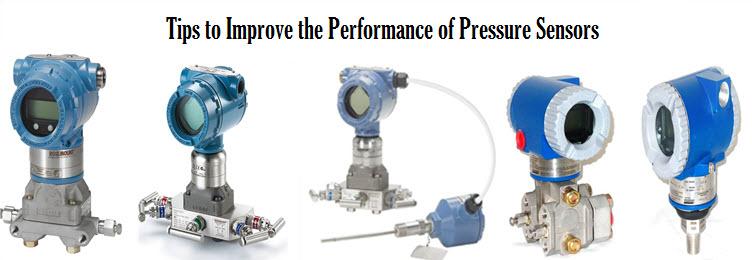
How to Improve your Pressure Sensor Performance
The performance of a pressure sensing device entirely depends on their utilization in different environments. So, there are various factors you should consider when selecting a pressure sensor. Here is a list of tips which will help you choose the right type:
- Pressure Type: The pressure type you need depends upon your application. Usually there are two broadly classified pressure types- vented and sealed. In case of vented sensors, the pressure is measured by taking atmospheric pressure as a referential value. In sealed sensors, the pressure is measured relative to the sealed reference point.
- Resolution: Usually, the pressure sensor you install will measure pressure within the standard range you require on a day-to-day basis. Hence, the resolution is already set or programmed. However, the resolution will be affected if you go out of your standard pressure range or the one offered by the manufacturer.
- Life Cycle: If you require a pressure sensor to work for a limited period of time in a certain environment, there are many options available in the market. However, if you require the sensor to function continually for years, the options are perhaps limited.
- Measuring Range: This is the defined upper and lower limit of pressure the sensor operates in. This is especially crucial for differential and gauge pressure measurement because if the reference value of the pressure is beyond their range, they will not operate.
- Operating Temperature: For an optimal performance of the pressure sensor, the temperature range needs to be defined, else the output will not be consistent. This is especially common for electronic sensors, which cannot function well in extreme hot or cold weather conditions.
- Pressure Measurement Type: Although there are some sensors, which can function using any pressure measurement method. However, it is important to fix one method depending upon your application, else the values may vary.
- Size and Dimensions: The type and size of the area would help decide the size and dimensions of the pressure sensor.
- Over Pressure Rating: This rating needs to be checked for safety purposes because there is a risk element of bursts and leakages due to excess pressure.
- Chemical Resistance: Certain chemicals in liquid forms whose pressure is being measured may react with the sensor. This would directly affect the performance of the pressure sensor. Hence, it is crucial for the pressure sensor to be chemical resistant, at least for certain applications.
Whichever type of pressure sensor you may require for your application, its quality and the technical assistance provided are of paramount importance. It is essential to assess all the above factors and source the pressure transmitter from a reliable supplier. The Transmitter Shop (TTS) is a distributor of new and reconditioned pressure transmitters in the US. The company provides industry-grade transmitters from leading brands.
Related Posts
- What are the Steps Involved in Calibrating Pressure Gauge?
- All Important Questions on Reconditioned Transmitters Answered
- Is Remanufactured Transmitter a Better Option than a New One?
- Differential Pressure Transmitters: How Do They Help in Flow Measurements?
- 3 Whats that Explain How Often You Should Calibrate Pressure Transducer
- Guidelines for Troubleshooting Pressure Transducers
- Learn How to Calibrate a Pressure Transmitter – II
- Learn How to Calibrate a Pressure Transmitter
- Know Three Interesting Uses of Pressure Transmitters
- The Features and Benefits of Rosemount 1199 Direct Mount Transmitters
- 3 Major Pressure Transmitter Technologies That Made the Device Popular
- An Unconventional Guide to Selecting the Right Pressure Sensor
- Factors To Be Considered While Differentiating $40 and $400 Pressure Transmitters
- Tips to Augment the Performance and Service Life of Pressure Transmitter
- Factors of Consideration When Choosing Pressure Transmitters
- 5 Most Popular Pressure Transmitter Technologies
- Important Calibration Tips for Pressure Sensors
- Tips to Improve the Performance of Pressure Sensors
- Factors to Consider When Choosing a Pressure Transmitter Manifold
- Safety Tips for Differential Pressure Transmitter Operation
- Impact of Shock and Vibration on Pressure Transducer
- Rosemount 3051S vs 3051C Transmitter – What is Your Choice?
- Rosemount 2088 Vs Rosemount 3051 – A Few Points of Differences Discussed
- What Are Diaphragm Seals and Their Types?
- Difference in Conventional Transmitters and Smart Transmitters
- How to Choose Diaphragm Seals for Your Application?
- How to Select Pressure Transmitter for Your Application?
- Remote Seals: Significance, Working Principle & Applications
- How Do You Calibrate A Flow Transmitter?
- What is Absolute Pressure Transmitter & how does it work?
- HART Communication Protocol: Overview, Working Principle, Benefits in Industrial Automation
- Absolute and Gauge Pressure Transmitters - Overview and Working Principle
- Flow Meter vs Flow Transmitter: Know the Difference
- Temperature Transmitter: How to Select The Efficient One for Your Application?
- How Do You Test for 4 to 20mA Signal in a Pressure Transmitter?
- Multivariable Transmitter: What Is It and How Does It Work?
- Pressure Transmitters vs. Pressure Transducers: Learn the Differential Characteristics
- Procedure to Calculate Accuracy of Pressure Transmitter Discussed
- An Ultimate Selection Guide for Flow Transmitters
- The Benefits and Challenges of HVAC System Balancing
- Understanding Pressure Ranges and Units for Fluid System Monitoring
- Understanding the Impact of Pressure Fluctuations on Drying Performance
- Monitoring and Controlling Energy Production in Power Plants
- Common Challenges in Air Flow Measurement and How to Overcome Them
- Pressure Monitoring in Pump Systems: A Comprehensive Guide
- Exploring Density and Viscosity Measurement in Industrial Processes
- Steam Boiler Drum Level Measurement A Comparison of Control System Technologies
- Furnace Flame Sensor Faults Everything You Need to Know for Safe Operation
- Comparison between Multi Valve Manifolds Block Valves and Bleed Valves
- Understanding Electrochemical Detection: Principles, Techniques and Environmental Application
- How Can Greenhouse Gas Emissions Be Reduced?
- Furnace Flame Sensor Faults Everything You Need to Know for Safe Operation
- Understanding Electrochemical Detection: Principles, Techniques and Environmental Application
- How Can Greenhouse Gas Emissions Be Reduced?
- Pneumatic Pressure Controllers: A Safe Choice for Hazardous Areas
- A Practical Guide to Vacuum Measurement and Operation
QUICK ENQUIRY
